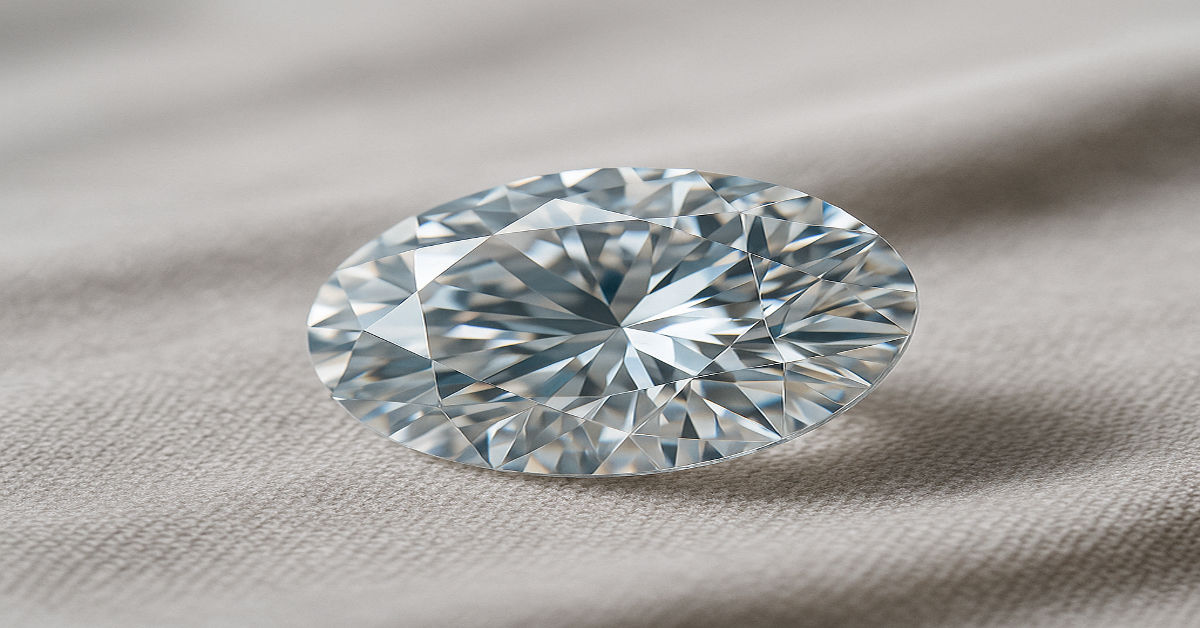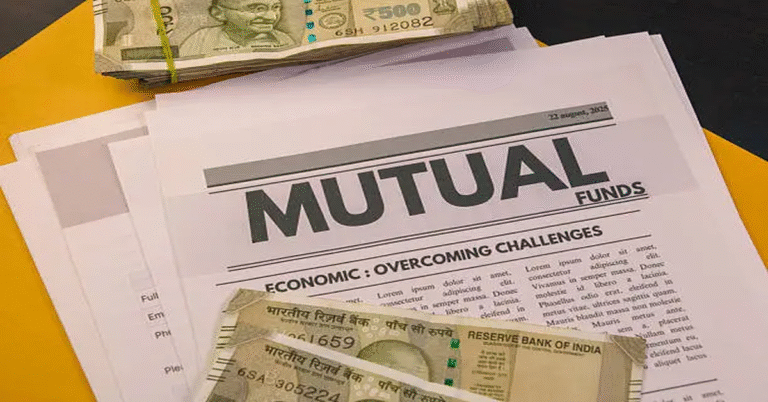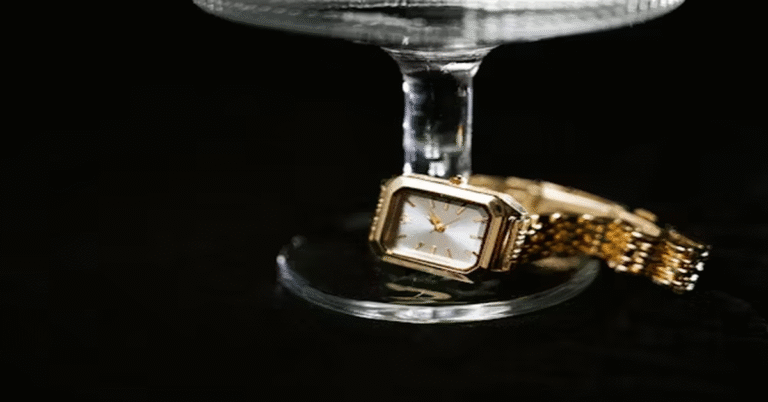
Diamonds have always been considered the epitome of luxury, love, and elegance. They symbolize strength, rarity, and eternal beauty. The term Fab Diamond reflects not only the fabulous appeal of natural diamonds but also the modern rise of fabricated, lab-grown diamonds that offer equal brilliance with sustainable advantages. In the 21st century, diamonds are no longer just rare gemstones mined from the Earth but also advanced creations born from human ingenuity.
This article provides a complete exploration of Fab-Diamonds, covering their origins, qualities, comparisons between natural and lab-grown, jewelry applications, sustainability aspects, and consumer guidance. Whether you are a gemstone enthusiast, an investor, or someone seeking a perfect engagement ring, understanding the meaning and value of Fab Diamond is essential.
Understanding the Concept of Fab Diamond
What Does Fab Diamond Mean?
The term “Fab Diamond” can be interpreted in two ways:
- Fabulous Diamond: Refers to high-quality, extraordinary diamonds known for their brilliance, cut, and clarity.
- Fabricated Diamond: Refers to man-made or lab-grown diamonds created using advanced technology that mimics natural conditions.
Why the Name Matters
In both senses, Fab-Diamond represents a gemstone that is exceptional, beautiful, and desirable. It merges tradition with innovation, making it a term relevant to both jewelry lovers and sustainability-conscious buyers.
The History of Diamonds
Natural Diamond Origins
Natural diamonds are formed deep within the Earth’s mantle under extreme pressure and heat over billions of years. They are mined across continents, with Africa, Russia, Canada, and Australia being key producers.
Evolution of Diamond Industry
- Ancient civilizations valued diamonds as symbols of strength.
- By the Renaissance, diamonds became associated with wealth and royalty.
- In the modern era, they are primarily linked to romance, particularly engagement rings.
The Emergence of Lab-Grown Diamonds
In recent decades, science has enabled the creation of diamonds in laboratories through HPHT (High Pressure High Temperature) and CVD (Chemical Vapor Deposition) methods. These diamonds are real in chemical structure but produced within weeks instead of millennia.
Characteristics of a Fab Diamond
A Fab-Diamond, whether natural or lab-grown, is judged by the 4Cs of diamonds:
| Factor | Definition | Impact on Fab Diamond |
|---|---|---|
| Cut | Precision of facets | Determines brilliance and sparkle |
| Color | Degree of colorlessness | Whiter diamonds are rarer and more valuable |
| Clarity | Presence of inclusions | Fewer flaws = higher quality |
| Carat Weight | Diamond size | Larger carats increase rarity and price |
Fab-Diamonds excel in these qualities, often chosen for their eye-catching brilliance and flawless design.
Fab Diamond Jewelry Trends
Engagement Rings
Fab-Diamonds are the centerpiece of love. Both natural and lab-grown options dominate engagement ring markets, offering classic solitaire, halo, and vintage styles.
Fashion Jewelry
Diamonds in earrings, necklaces, bracelets, and watches showcase everyday luxury.
Custom Designs
Modern technology enables custom diamond cuts and unique settings, allowing buyers to personalize jewelry.
Natural vs. Lab-Grown Fab Diamonds
| Aspect | Natural Fab Diamond | Lab-Grown Fab Diamond |
|---|---|---|
| Formation | Billions of years underground | Weeks in advanced labs |
| Cost | Expensive due to rarity | More affordable, 20–40% cheaper |
| Environmental Impact | Mining damages ecosystems | Sustainable, less environmental footprint |
| Appearance | Identical brilliance | Identical brilliance |
| Resale Value | Higher resale tradition | Still developing in resale markets |
Sustainability and Fab Diamond
The Environmental Concerns of Mining
Mining natural diamonds often leads to deforestation, soil erosion, and disruption of ecosystems. It also consumes vast resources.
Lab-Grown as a Solution
Lab-grown Fab-Diamonds reduce:
- Carbon emissions
- Water usage
- Human labor exploitation risks
Social Responsibility
Fab-Diamonds, especially lab-created ones, align with ethical consumerism, making them a sustainable luxury choice.
How to Choose the Perfect Fab Diamond
Step 1: Determine Purpose
- Engagement ring, fashion piece, investment, or heirloom?
Step 2: Choose Between Natural and Lab-Grown
- Natural for traditional value.
- Lab-grown for sustainability and affordability.
Step 3: Evaluate the 4Cs
Ensure certification from reputed gemological institutions.
Step 4: Select the Setting
Metal types like platinum, gold, and white gold enhance Fab Diamond beauty.
Step 5: Certification and Authenticity
Always demand grading reports from GIA, IGI, or similar authorities.
Cultural Symbolism of Fab-Diamonds
Love and Eternity
Diamonds symbolize unbreakable love, making them the most popular choice for engagements and weddings.
Wealth and Power
Historically, kings and emperors wore diamonds to display wealth and authority.
Modern Identity
Today, Fab-Diamonds also symbolize individual style, sustainability, and conscious luxury.
Benefits of Choosing a Fab Diamond
- Brilliance and Beauty: Timeless sparkle.
- Versatility: Works in all types of jewelry.
- Sustainability (Lab-Grown): Eco-friendly choice.
- Accessibility: Range of options for every budget.
- Cultural Relevance: Strong symbolic value.
Challenges with Fab-Diamonds
- Cost: Natural Fab-Diamonds can be prohibitively expensive.
- Resale Market for Lab-Grown: Still developing acceptance.
- Ethical Concerns: Some natural diamonds may come from conflict zones if not carefully sourced.
The Future of Fab Diamond
The diamond industry is evolving toward a balance between luxury and responsibility. Fab-Diamonds will likely continue to dominate due to:
- Growing preference for sustainable luxury.
- Increasing use of technology in customization.
- Rising demand for affordable but authentic brilliance.
Conclusion
The concept of Fab Diamond captures the dual beauty of diamonds as both fabulous natural wonders and fabricated, lab-grown gems. Both forms hold immense value in jewelry, culture, and sustainability. While natural diamonds symbolize history and tradition, lab-grown Fab-Diamonds represent innovation and environmental responsibility.
Choosing a Fab Diamond, whether mined or created, means embracing timeless beauty and modern values. They remain the ultimate gemstone—one that reflects not just wealth or status, but also personal identity, love, and conscious living.
FAQs
Q1: What does Fab Diamond mean?
A: Fab Diamond refers to fabulous high-quality diamonds or fabricated lab-grown diamonds, both prized for brilliance and value.
Q2: Are Fab Diamonds real diamonds?
A: Yes, whether natural or lab-grown, Fab Diamonds share the same chemical and physical properties of real diamonds.
Q3: Why choose a lab-grown Fab Diamond?
A: They are eco-friendly, affordable, and ethically produced, offering identical sparkle to natural diamonds.
Q4: Are Fab Diamonds good investments?
A: Natural diamonds retain higher resale value, while lab-grown are better for affordability and sustainability.
Q5: How can I ensure my Fab Diamond is authentic?
A: Request certification from trusted institutions like GIA or IGI to confirm quality and authenticity.






